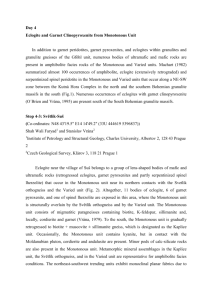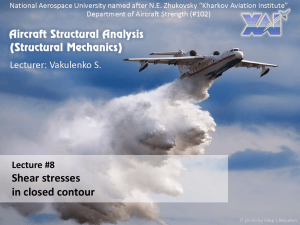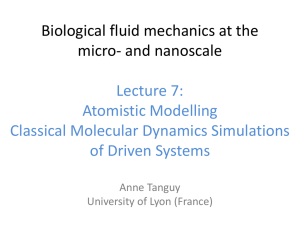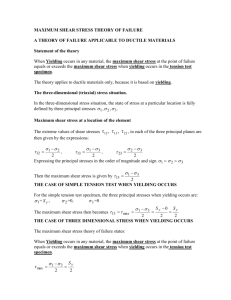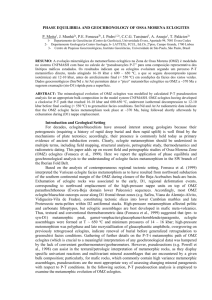Pinto et al 2006
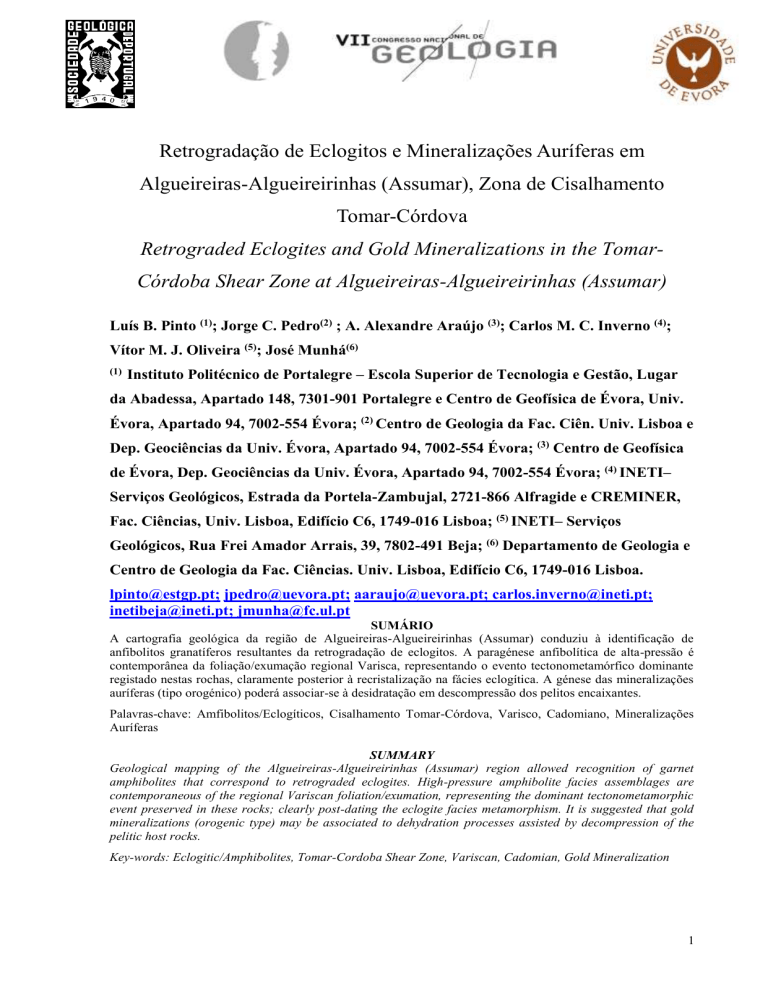
Retrogradação de Eclogitos e Mineralizações Auríferas em
Algueireiras-Algueireirinhas (Assumar), Zona de Cisalhamento
Tomar-Córdova
Retrograded Eclogites and Gold Mineralizations in the Tomar-
Córdoba Shear Zone at Algueireiras-Algueireirinhas (Assumar)
Luís B. Pinto
(1)
; Jorge C. Pedro
(2)
; A. Alexandre Araújo
(3)
; Carlos M. C. Inverno
(4)
;
Vítor M. J. Oliveira
(5)
; José Munhá
(6)
(1)
Instituto Politécnico de Portalegre – Escola Superior de Tecnologia e Gestão, Lugar da Abadessa, Apartado 148, 7301-901 Portalegre e Centro de Geofísica de Évora, Univ.
Évora, Apartado 94, 7002-554 Évora;
(2)
Centro de Geologia da Fac. Ciên. Univ. Lisboa e
Dep. Geociências da Univ. Évora, Apartado 94, 7002-554 Évora;
(3)
Centro de Geofísica de Évora, Dep. Geociências da Univ. Évora, Apartado 94, 7002-554 Évora;
(4)
INETI–
Serviços Geológicos, Estrada da Portela-Zambujal, 2721-866 Alfragide e CREMINER,
Fac. Ciências, Univ. Lisboa, Edifício C6, 1749-016 Lisboa;
(5)
INETI– Serviços
Geológicos, Rua Frei Amador Arrais, 39, 7802-491 Beja;
(6)
Departamento de Geologia e
Centro de Geologia da Fac. Ciências. Univ. Lisboa, Edifício C6, 1749-016 Lisboa. lpinto@estgp.pt; jpedro@uevora.pt; aaraujo@uevora.pt; carlos.inverno@ineti.pt; inetibeja@ineti.pt; jmunha@fc.ul.pt
SUMÁRIO
A cartografia geológica da região de Algueireiras-Algueireirinhas (Assumar) conduziu à identificação de anfibolitos granatíferos resultantes da retrogradação de eclogitos. A paragénese anfibolítica de alta-pressão é contemporânea da foliação/exumação regional Varisca, representando o evento tectonometamórfico dominante registado nestas rochas, claramente posterior à recristalização na fácies eclogítica. A génese das mineralizações auríferas (tipo orogénico) poderá associar-se à desidratação em descompressão dos pelitos encaixantes.
Palavras-chave: Amfibolitos/Eclogíticos, Cisalhamento Tomar-Córdova, Varisco, Cadomiano, Mineralizações
Auríferas
SUMMARY
Geological mapping of the Algueireiras-Algueireirinhas (Assumar) region allowed recognition of garnet amphibolites that correspond to retrograded eclogites. High-pressure amphibolite facies assemblages are contemporaneous of the regional Variscan foliation/exumation, representing the dominant tectonometamorphic event preserved in these rocks; clearly post-dating the eclogite facies metamorphism. It is suggested that gold mineralizations (orogenic type) may be associated to dehydration processes assisted by decompression of the pelitic host rocks.
Key-words: Eclogitic/Amphibolites, Tomar-Cordoba Shear Zone, Variscan, Cadomian, Gold Mineralization
1
Introduction
In NE Alentejo, the < 1 - 3 km–wide WNW-ESEstriking Tomar-Córdoba Shear Zone (s.s.) (Fig.1) includes Proterozoic, blastomylonitic ortho-, paragneissic migmatites and (retrograded) eclogites [1 ,
2] . To the north and south of this belt, the outcropping Late Proterozoic Black Series comprises meta-sedimentary and meta-volcanic rocks that, locally, host orogenic (mesothermal) gold mineralizations [3, 4, 5] . Both the Tomar-Córdoba
Shear Zone and the Black Series rocks are intruded by Late Ordovician peralkaline granitic and syenitic gneisses [6, 7] .
Deformation/metamorphism occurred during the
Variscan orogeny and was, probably, superimposed on former Proterozoic (Cadomian?) events. A
Variscan asymmetrical flower structure with outward vergence is centered on the Tomar-Córdoba
Shear Zone [8] . This major structure is transpressive, with left-lateral shear and outward thrusts over the
Black Series rocks [1] .
Fig. 1 – General map: location of Algueireiras – Algueireirinhas (Assumar) area within the Tomar – Córdova
Shear Zone in the Iberian Massif (after [9] ); Detailed map: Algueireiras – Algueireirinhas area geology, location of retrogaded eclogites (adapted from [6] and V. Oliveira unpublished Assumar 1:25.000 SFM geologic map 1980 )
Local Geology
At Algueireiras-Algueireirinhas (Assumar), the northern segment of the Tomar-Córdoba Shear Zone is dominantly composed of felsic gneisses and subordinate amphibolites, being intruded by a 100 -
200 m-wide swath of riebekitic hiper-alkaline granite and syenite gneissic rocks (Fig.1). The northernmost gneiss is in tectonic contact with the
Black Series schists, with a dominant left–lateral
2
movement and a minor component of thrust movement to the North. A few, Late-Variscan (?),
N-S-striking dykes of micro-gabbro intrude both the core of the Shear Zone and the Black Series rocks, the latter hosting significant mesothermal gold mineralization [4, 5] . In the studied area, remnants of retrograded eclogites are locally found (Fig.1).
Eclogites bodies show an outward increasing in retrogradation, with gradual replacement of prominent garnets, resulting in transformation to a typical amphibolite. In the Portuguese part of the
Tomar-Córdoba Shear Zone, eclogitic amphibolites were described by Mata and Munhá
[10] in the
Degolados (Campo Maior) area, 25 km to the southeast of the studied area.
Petrography and metamorphism of mafic rocks
Retrograded eclogites of Algueireiras -
Algueireirinhas (Assumar) are characterized as being amphibolitic schists with abnormally large modal amounts garnet porfiroclasts (fig. 2). The retrograding amphibolitic paragenesis is composed of Mg-hornblende, plagioclase, opaque minerals
(pyrite, ilmenite and rare arsenopyrite and pyrrhotite), sphene and quartz. Mg-hornblende and albite-rich plagioclase develop symplectitic textures
(possibly replacing previous omphacite), surrounding the garnet porfiroclasts, with amphibole crystals elongated parallel to the strike of local foliation. These features show that the tectonometamorphic event responsible for garnet porfiroclasts crystallization took place before the amphibolitic event. Garnets are strongly fractured and/or altered, but it is still possible to infer their sub-euedric morphologies, which are defined by reaction rims of albite-rich plagioclase. Garnet fractures are filled by plagioclase (andesine) grains and strongly altered crypto-crystalline aggregates containing Si, Al Fe, Mg, Ca and Na that could represent previous mineral phases in equilibrium with the garnet (pyroxene?).
Fig. 2 - Microphotography of a typical retrograded eclogite from Algueireiras-Algueireirinhas region
(Gt – garnet, Amph – Amphibole).
Preliminary mineral chemistry of retrograded eclogites from Algueireiras-Algueireirinhas area show homogeneous garnet compositions (average:
X
Fe
= 0.54; X
Mn
=0.10; X
Mg
= 0.11; X
Ca
= 0.26) similar to those described for eclogites related to amphibolitic and granulitic terranes [11].
Compositional variations in Mg-hornblende shows decrease in Al iv and Na A from (tchermaquitichornblende) cores to (Mg-hornblende) rims, suggesting recrystallization under decreasing metamorphic grade. Available mineral chemistry and thermodynamic data [12, 13], coupled with textural relations, suggest that the metamorphic path recorded by the Algueireiras – Algueireirinhas eclogitic-amphibolites underwent initial heating and decompression from ~700 ºC, 13 kb to ~760 ºC, 10 kb, before extensive retrogradation to loweramphibolite/greenschist facies (amphibole, albite, clorite, sphene, quartz, carbonates, pyrite, ilmenite and rare magnetite and hematite) conditions. Our results are consistent with those obtained by other authors, [14] for amphibolite facies retrogradation of
Tomar-Córdoba Shear Zone eclogites and all indicate a typical clockwise P-T-t metamorphic path.
Concluding remarks
This paper reports preliminary results concerning the general geology, petrography and petrology of eclogitic/amphibolites occurring in the Algueireiras
– Algueireirinhas area of the Tomar-Córdoba Shear
Zone. According to the available data, it is possible to draw the following conclusions:
- Preserved garnet porfiroclasts record the oldest tectono-metamorphic event (still) observed in the
Algueireiras-Algueireirinhas amphibolites;
- Estimated metamorphic conditions (P, T) for the early symplectitic garnet (rim) - amphibole - plagioclase association are typical of relatively high-
P amphibolitic facies, representing retrogradation from earlier eclogite facies. This is consistent with published data on the Tomar-Córdoba Shear Zone eclogites, supporting a clockwise P-T-tmetamorphic path for these rocks.
- The recorded amphibolite facies retrograde event in the studied area should be related to exhumation during the Variscan cycle, because amphibole growth is contemporaneous of an early Variscan foliation.
- In accordance with previous studies [10], the eclogite metamorphism was not co-facial with the sillimanite-bearing assemblages in surrounding migmatitic paragneisses; however, the water required for amphibolitization may have been produced by dehydration of the pelitic rocks, and could be related with the existent gold mineralizations. This hypothesis is not proved with the available data and further detailed studies are needed.
- The age of the earlier (eclogite facies) tectonometamorphic event is still debatable.
However, given the similarity with the eclogitic
3
amphibolites from Degolados region [10], as well as the dramatic petrographic contrasts with the retrogradational features presented by Variscan eclogites from the Moura Phyllonitic Complex
(OMZ) [15, 16], suggests that eclogites from the
Tomar-Córdoba Shear Zone may record an older event, possibly corresponding to the Cadomian cycle.
Aknowledgements
J. Munhá and J. Pedro acknowledge support from research Project POCA-PETROLOG (POCTI/ISLF-
5-263). A. Araújo acknowledge the on-going year grants of the research unit Centro de Geofísica de
Évora. This is also a contribution to the research project MODELIB (POCTI/35630/CTA2000-
FEDER)
References
[1] Ribeiro, A, Antunes, M.T., Ferreira, M,P., Rocha,
R.B., Soares, A.F., Zbyszewski, G., Moitinho de
Almeida, F., Carvalho, D., and Monteiro, J.H., (1979)
Introduction à la géologie générale du Portugal: Lisboa,
Serviços Geológicos de Portugal, 114 p.
[2] Oliveira, J.T., Oliveira, V., and Piçarra, J.M., (1991)
Traços gerais da evolução tectono-estratigráfica da Zona de Ossa-Morena em Portugal: Cuadernos Lab. Xeolóxico de Laxe, Coruña, v.16, p.221-250.
[3] Inverno, C.M.C., Martins, L.M.P., Viegas, L.F.S.,
Oliveira, D.P.S (1995) Eugeosyncline – Type
(‘mesothermal’) gold mineralisation in Alter do Chão-
Arronches: Geological Society of America Abstracts with
Programs, v. 27, nr. 6, p. A-66. Comunication to the 1995
Annual Meeting of the Geological Society of America,
New Orleans, Louisiana, Nov. 1995.
[4] Inverno, C.M.C. (1997) A few gold prospects in Ossa
Morena Zone, Portugal (Extended Abstract), In Araújo,
A.A. and Pereira, M.F., eds., Estudo sobre a geologia da
Zona de Ossa-Morena (Maciço Ibérico) – Livro de
Homenagem ao Prof. Francisco Gonçalves. Universidade de Évora., p .283-291.
[5] Oliveira, D.P.S., 2001, The nature and origin of gold mineralisation in the Tomar Cordoba Shear Zone, Ossa
Morena Zone, East Central Portugal. PhD thesis
(unpublished), University of the Witwatersrand,
Johannesburg, South Africa, 351 p.
[6] Perdigão, J.P., Gonçalves, F., Moreira, P., Peleja, A.F. e Jardim, J.J. (1977) Carta Geológica de Portugal, escala
1:50000, Folha 33-A (Assumar): Lisboa, Serviços
Geológicos de Portugal.
[7] Gonçalves, F., Perdigão, J. P., Coelho, A.V. e Munhá,
J.M. (1978) Notícia Explicativa da Folha 33-A (Assumar),
Carta Geológica de Portugal, escala 1:50.000: Lisboa,
Serviços Geológicos de Portugal.
[8] Pereira, M. F. (1999) Caracterização da estrutura dos domínios setentrionais da Zona de Ossa Morena e seu limite com a Zona Centro-Ibérica, no Nordeste
Alentejano: Tese de Doutoramento, Universidade de
Évora, 115 p.
[9] Quesada, C. (1992) Evolución tectónica del Maciizo
Ibérico (Una historia de crecimento por acrecencia sucesiva de terrenos durante el Proterozoico Superior y el
Paleozoico), in Gutierrez-Marco, J.C., Saavedra, J. y
Rabano, I., eds., Paleozóico inferior de Ibero-América:
Madrid, Universidad de Extremadura, p. 173-189.
[10] Mata, J., and Munhá, J. (1986) Geodynamic significance of high-grade metamorphic rocks from
Degolados – Campo Maior (Tomar-Badajoz-Cordoba
Shear Zone) : Actas do II Congresso Nacional de Geologia
– Programa e Resumos, Lisboa, Maleo, vol. 2, no. 13, p.
28
[11] Coleman, R. G.; Lee, D.E.; Beatty, L. B.; Brannock,
W.W. (1965) Eclogites and Eclogites: Their Differences and Similarities. Geol. Soc. America Bull. , 76 , pp.483-
508
[12] Powell, R., and Holland, T. J. B. (1994) Optimal geothermometry and geobarometry. Am. Mineral. vol. 78,
1174-1180.
[13] Holland, T.J.B. and Powell, R. (1998) – An internally consistent thermodynamic data set for phases of petrologic interest. J. Metamoprph. Geol., vol. 16, 309-
343.
[14] Sánchez-Vizcaíno, V.L., Gómez-Pugnaire, M.T.,
Azor, A., Fernández-Soler, J.M. (2003) – Phase diagram sections applied to amphibolites: a case study from the
Ossa-Morena/Central Iberian Variscan suture (Southwestern Iberian Massif). Lithos, vol. 68, 1-21.
[15] Moita, P., Munhá, J., Fonseca, P., Pedro, J.,
Tassinari, C., Araújo, A., Palácios, T. (2005) Phase
Equilibra and Geochronology of Ossa Morena Eclogites.
Comunicação e resumo apresentados na XIV Semana da
Geoquímica & VII Congresso de Geoquímica dos Países de Língua Portuguesa, Aveiro, Portugal.
[16] Araújo, A.; Fonseca, P; Munhá, J.; Moita, P.; Pedro,
J; Ribeiro, A. (2005) – The Moura Phyllonitic Complex:
An Accretionary Complex related with obduction in the
Southern Iberia Variscan Suture. Geodinamica Acta, vol.
18-5, pp. 375-388.
4




